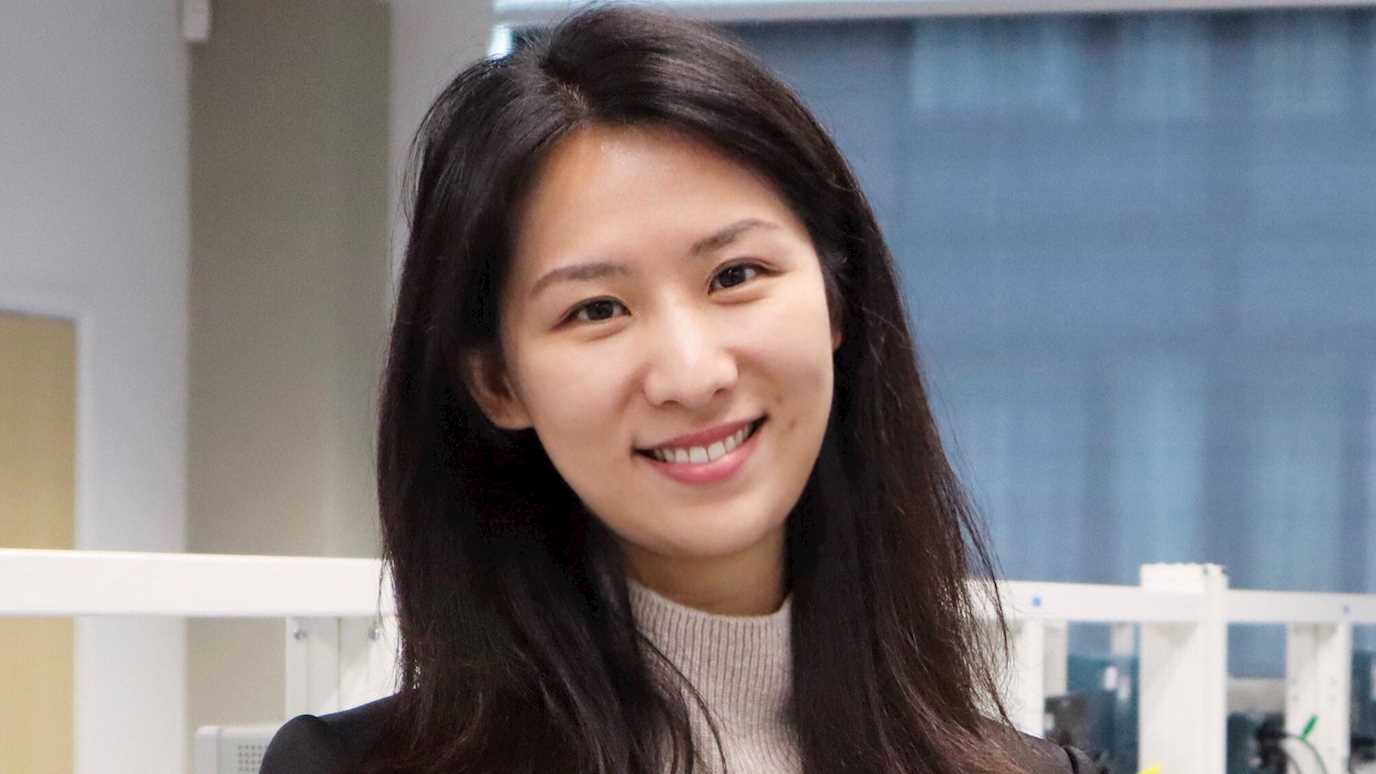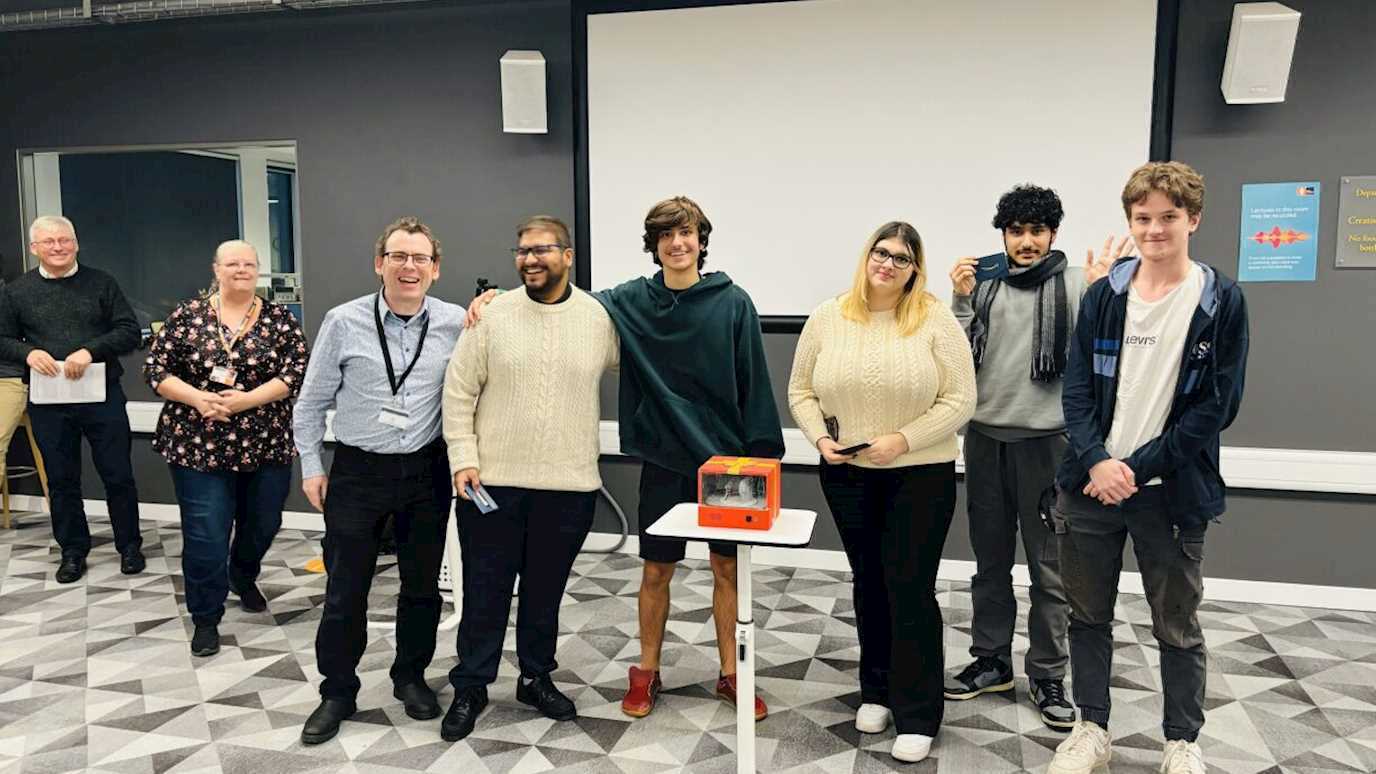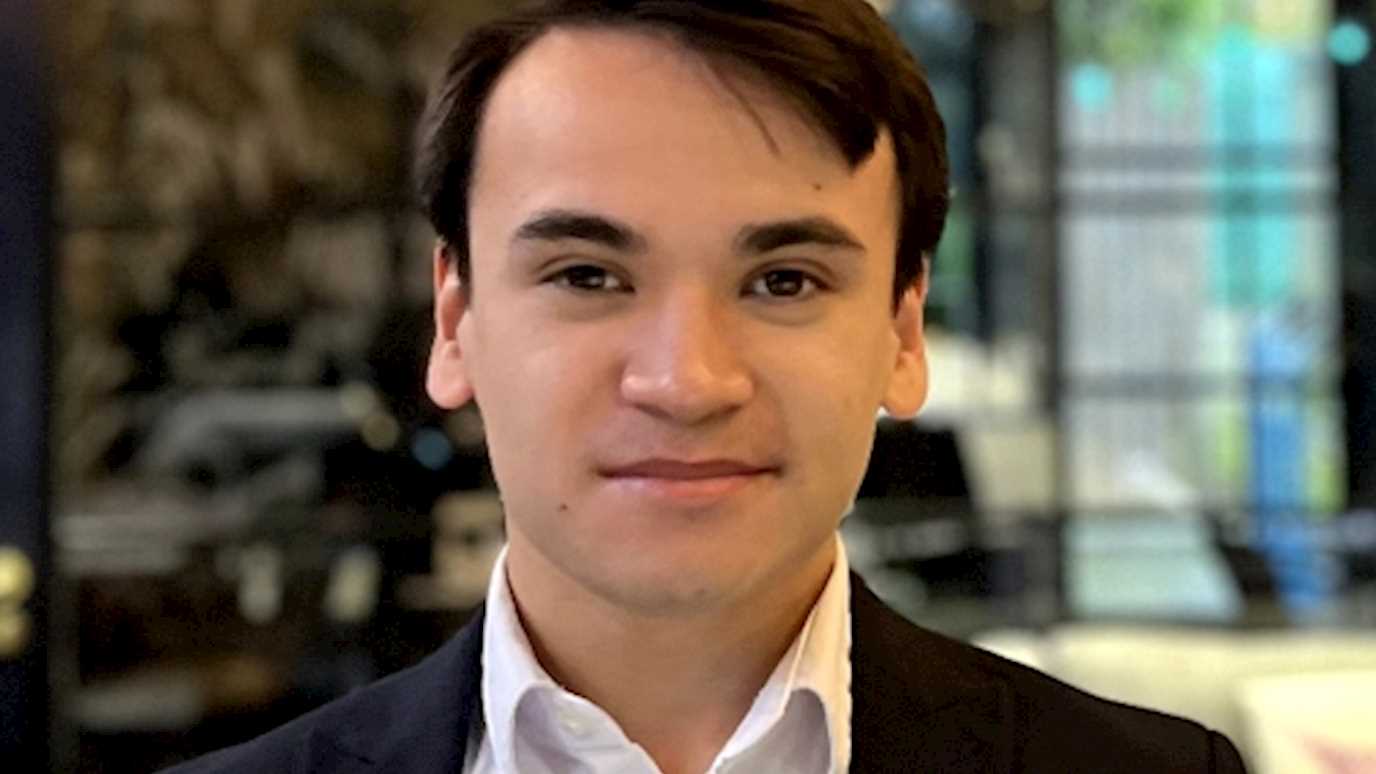Dr Wenqing Liu leads new research in Topological Spintronics supported by a recently awarded EPSRC grant.

Wenqing Liu
How would ordered phenomena develop when a 3D system transforms into 2D? Within the topic of condensed matter and material science, ordered phenomena such as lattice stability, magnetism, and superconducting order tend to show ‘fragility’ when the dimension of a physical system decreases. This is commonly characterised as Tc3D > Tc2D where Tc represents the critical temperature of ordered phenomena in general. However, recent research led by Dr Wenqing Liu from the Department of Electronic Engineering at Royal Holloway reveals that ‘topological matters’ can behave just the opposite.
What are topological matters?
Celebrated by the Nobel Prize in Physics of 2016, topological materials feature novel phases of quantum matter with sharp transitions in the electronic structure near their edges or surfaces. Unlike the divergent properties of surface and bulk regions of all solids owing to the inevitable termination of the periodic lattice structure when approaching the boundaries, topological matters present a new class of nontrivial surface states arising from intrinsic strong spin-orbit coupling and characterized by Rashba spin texture. Using the synchrotron-based x-ray techniques, Liu et al. defined and validated a new method to measure the surface electrons spin order. This is the first spectroscopic evidence of dual magnetic states in topological insulators and a direct proof that surface spin order can exist independently of the bulk spin order in topological systems.
Magnetic topological materials give rise to anomalous quantum Hall effect and other coherent spin transport phenomena, in which heat dissipation is minimized. Understanding the dual magnetization process has strong implications for defining a physical model of magnetic topological matters and lays the foundation for their applications to the next-generation energy-efficient electronics.
Dr Liu heads the Nano-electronics group at Royal Holloway and her research has been developed on the periphery of low dimensional Quantum materials and systems with a vision to advance new materials, architectures and mechanism to manipulate electrons spin, which can be ultimately used in sensors, racetrack memory, and logic devices.
For more information about Dr. Liu’s research and to find out PhD, Postdoc, and visiting opportunities visit the Nano-electronics group page here.
The above-mentioned work is led by Dr Wenqing Liu and supported by the recently awarded EPSRC grant ‘Topological Spintronics’ (EP/S010246/1). 'Experimental observation of dual magnetic states in topological insulators' - Liu et al. Science Advances, DOI: 10.1126/sciadv.aav2088
























